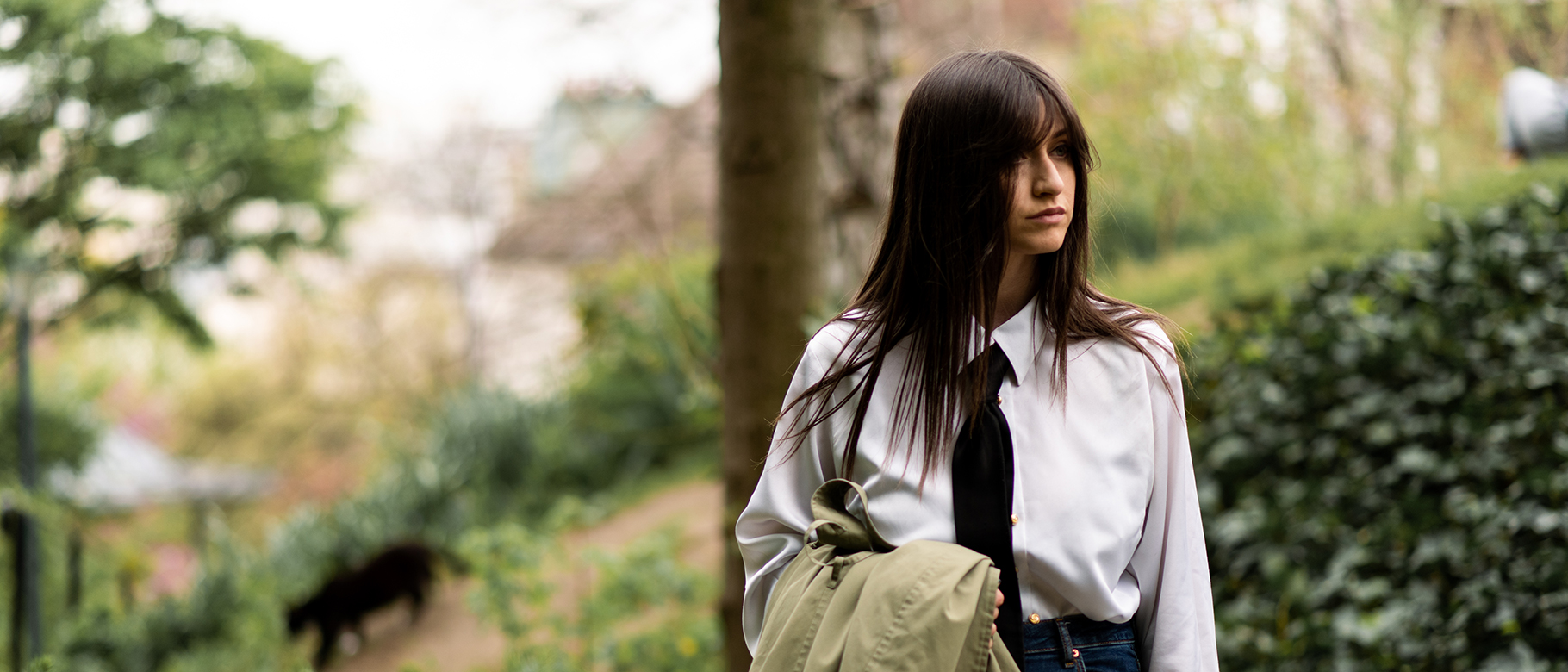

G.K. Chesterton wrote: “London is a riddle, but Paris is an explanation.” Certainly, for British fashion journalist and Liverpool native, Faye Fearon, this rings true. “A big part of why I moved to Paris is for the style of the place,” she tells me over Zoom from her airy apartment in the 18th arrondissement, “there’s a strong sense of people wearing clothes to communicate their identity here – there’s more intrigue than in the UK.”
Faye moved to Paris around nine months ago – fulfilling a life-long ambition to cross the channel and settle in La Ville-Lumière. She’s spent that time (as much as one can around COVID-19 restrictions) immersing herself in the city’s various local fashion and music scenes, connecting with the subcultures and communities that inspire her writing.
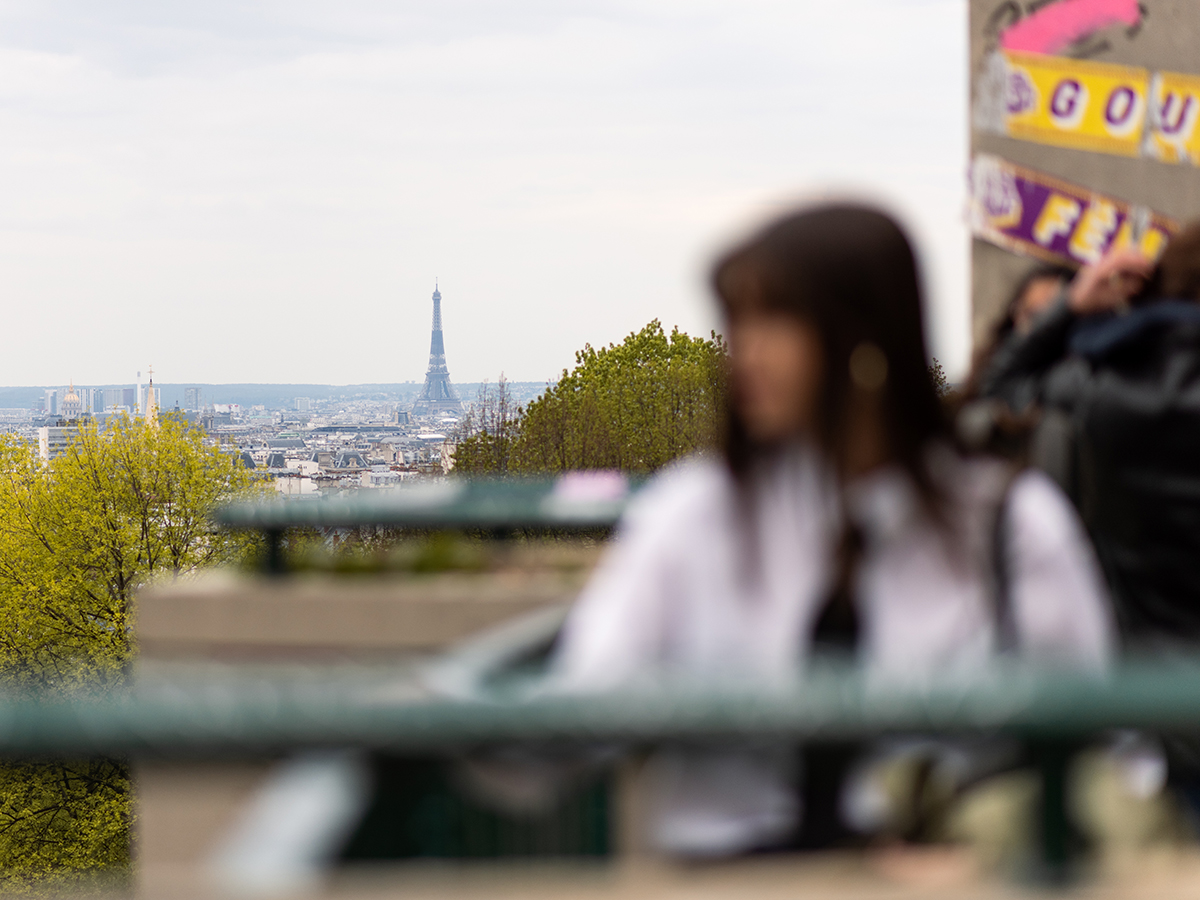
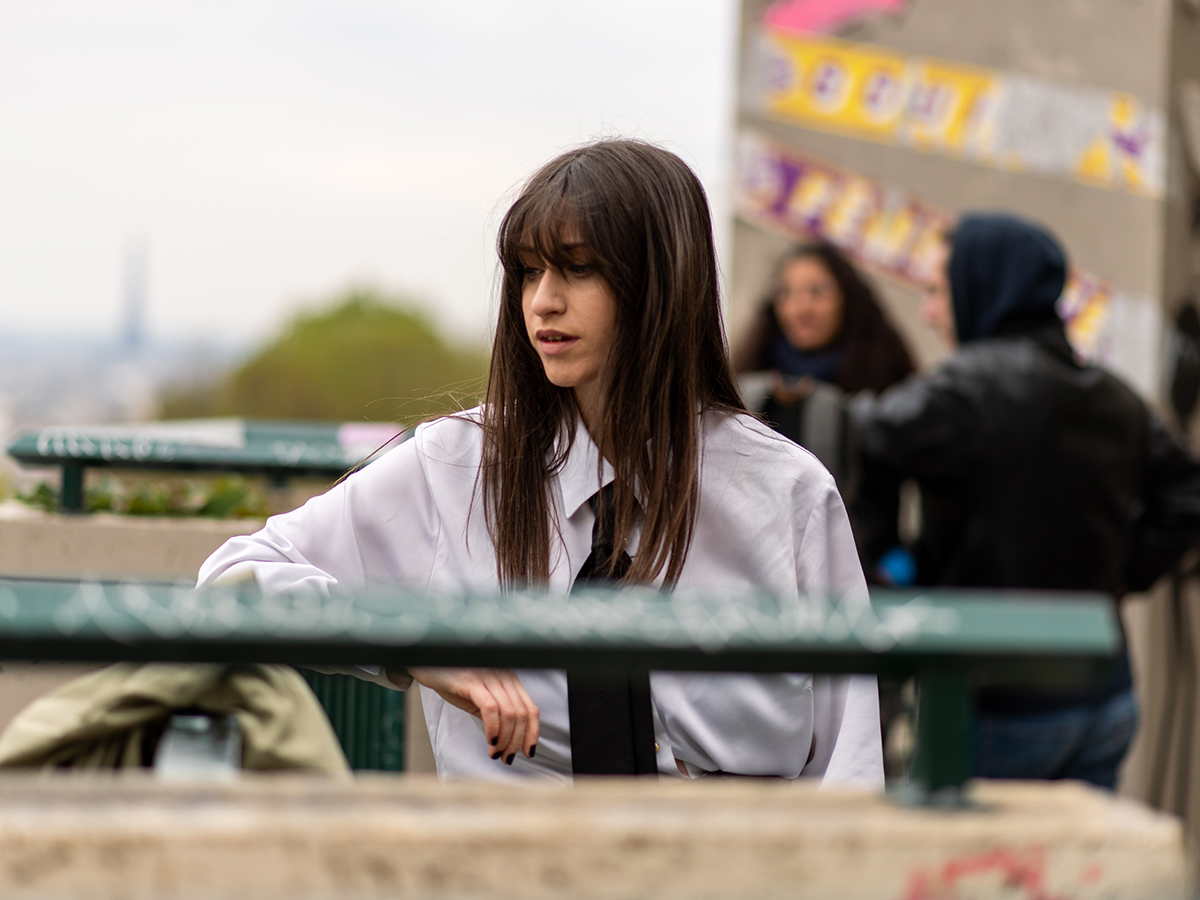
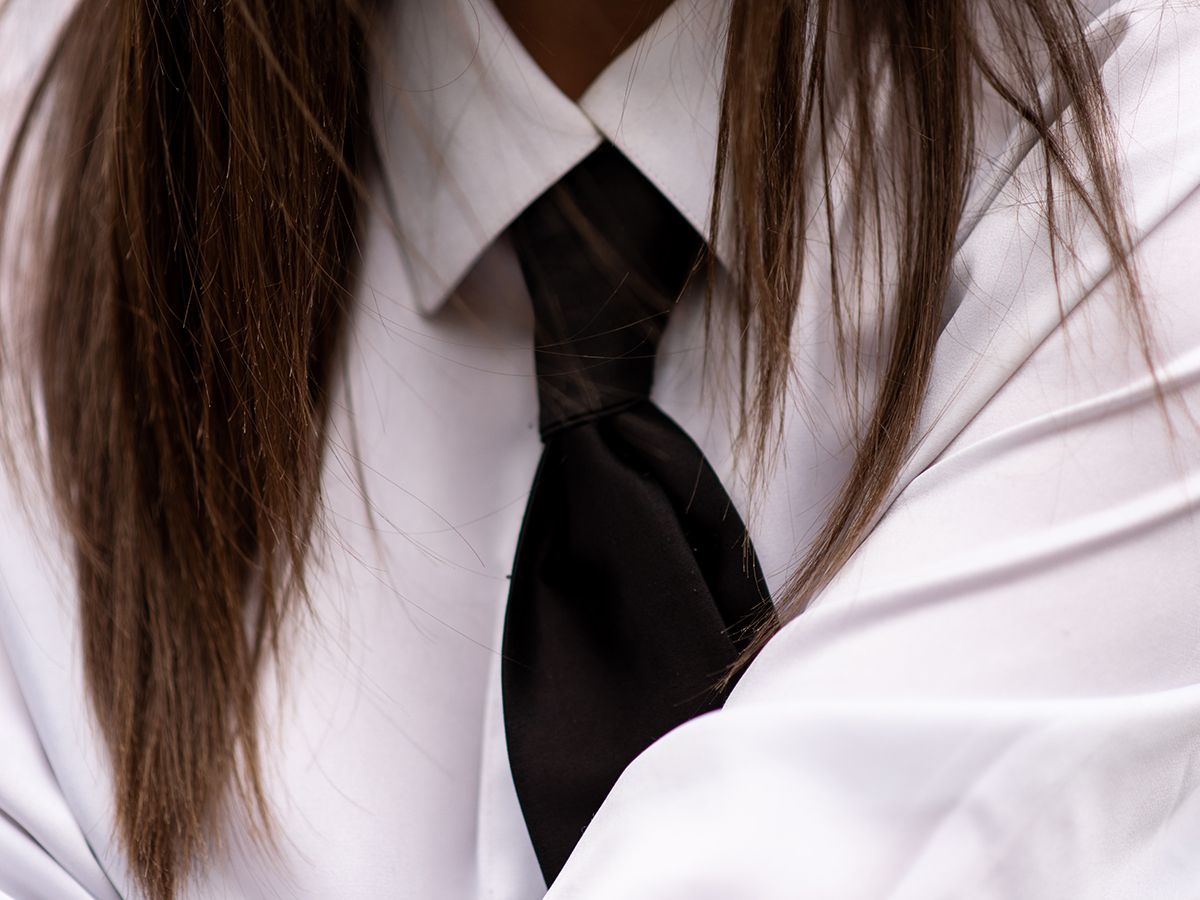
“I’ll try and gravitate towards music hubs so I can assess how people are dressing there,” she says, “style within music is a really good signifier of youth, I think. Youth is so important in what’s going to drive clothing forward or drive ideas of style forward. I find it’s a really authentic way of understanding what’s coming next.”
If you’ve had the lucky chance to meet Faye, read her work for the likes of British GQ (she was a junior editor there for two years before she left London) or Holiday magazine, you’ll understand where this fascination for the blending of fashion and music comes from. Her own personal style is infused with musicality, and a heady mix of references from the ‘70s through to the ‘90s. The British post-punk era holds a particular fascination for her.
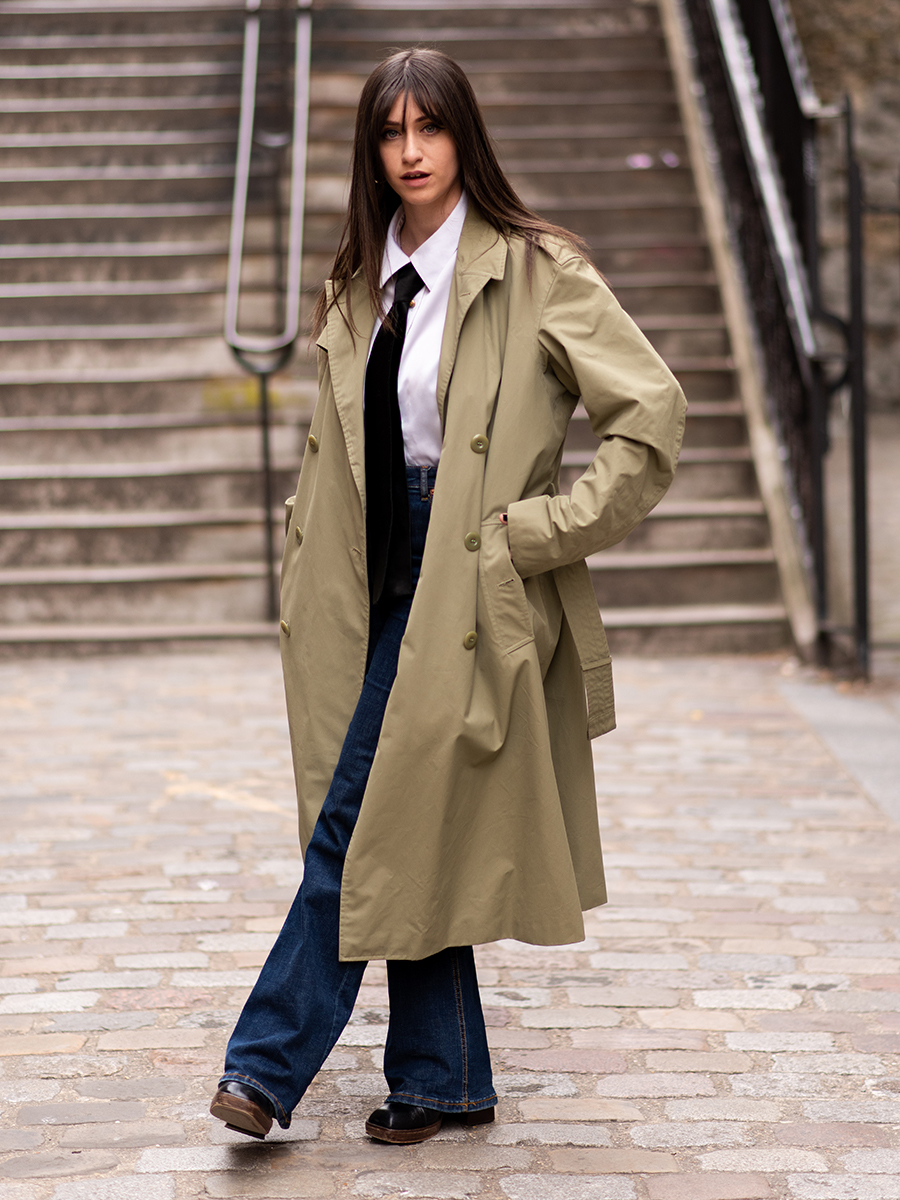
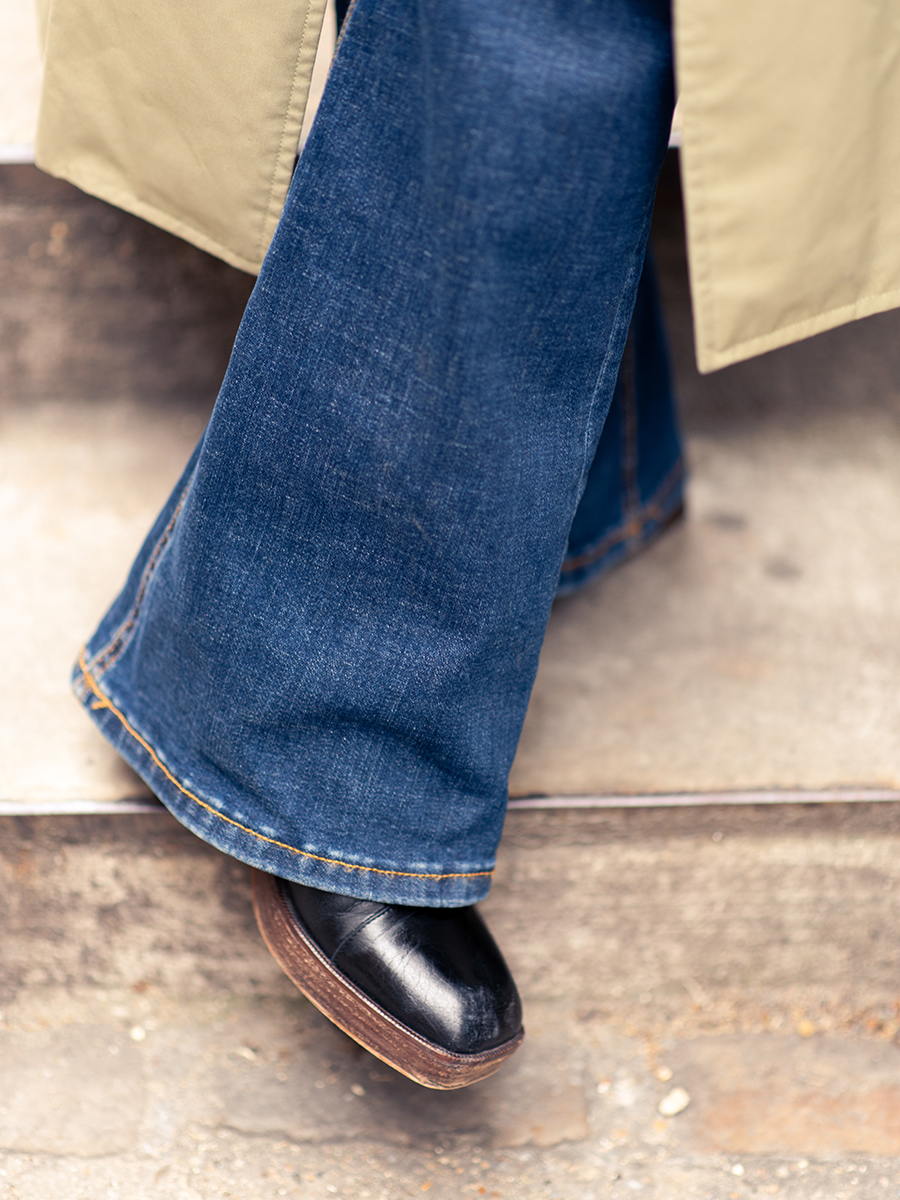
“My dad grew up through the late ‘70s and early ‘80s, when the UK was going through its massive post-punk period,” she explains. “He went to see pretty much every post-punk, new wave band live in iconic clubs in Manchester and Liverpool, like The Factory, or Hacienda, or Eric’s Club. He’d play the music and show me photos of how they all dressed and it just so fascinated me – especially given the music’s close connection with my hometown. I always felt that the bands and their fans had a really cool, assured stance on clothing without trying too hard.”
Even though post-punk influences her style today, Faye also makes clear to me that style isn’t about carbon-copying: “Equally, I think it’s nice to mix things up a bit. I’ll never say you should try and replicate an image of someone else. I would never try to look like I’d just stepped out of 1979. I wouldn’t just look at an image of someone and think, ‘okay, I need to buy that and buy that and buy that, then I’ll look like that kind of musician.’ It’s about filtering a few different references into the modern day.”
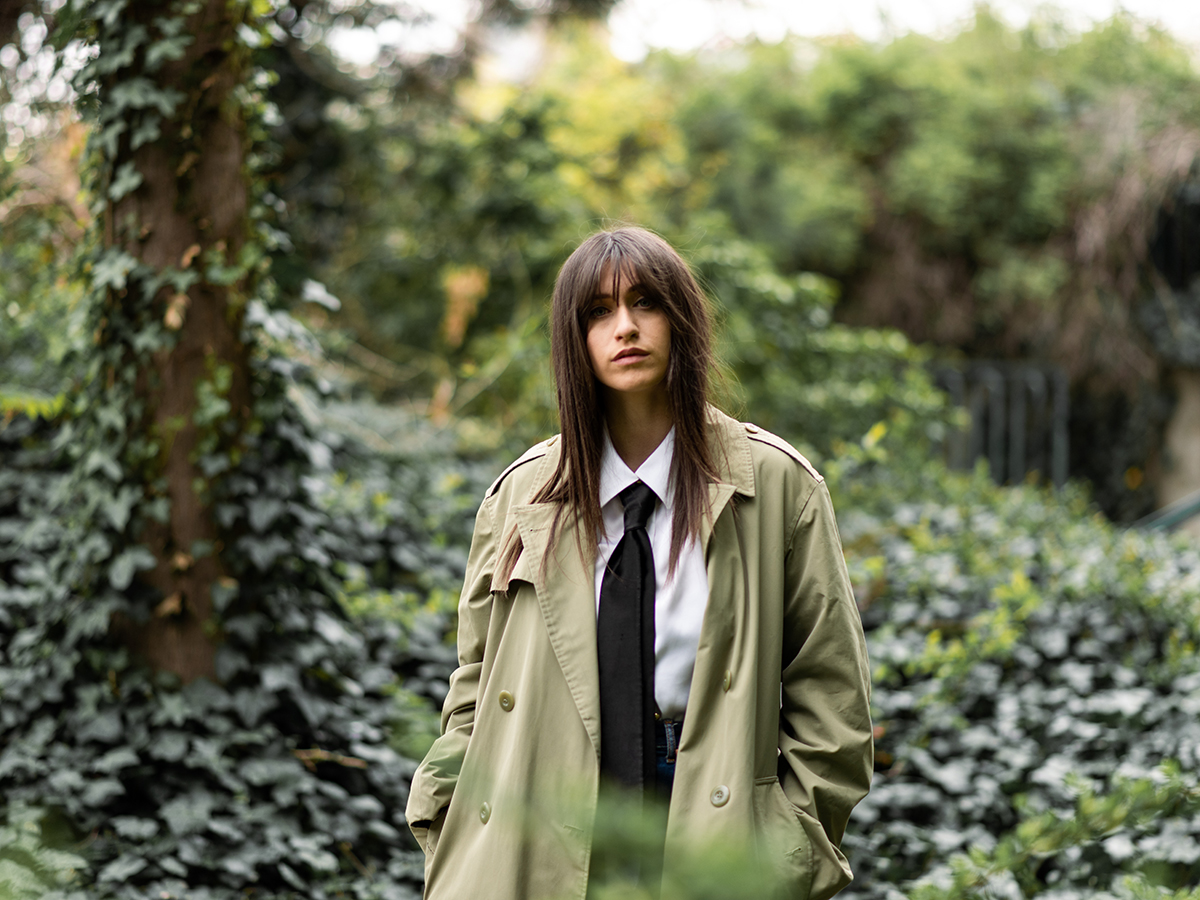
Unsurprisingly, this sense of authenticity feeds through Faye’s recommendations of things to see and do in her new home city too. Read on for a dose of culinary and cultural recommendations that are reassuringly under the radar.
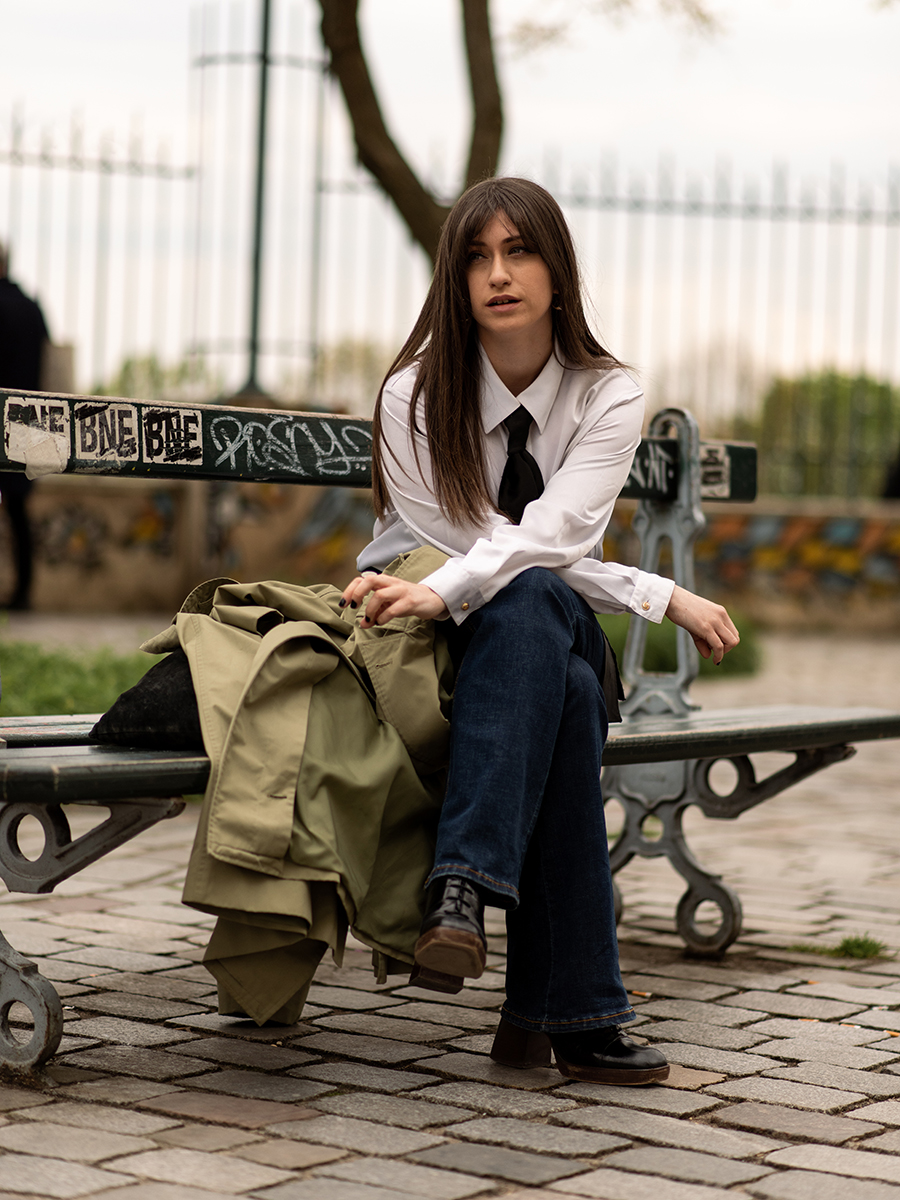
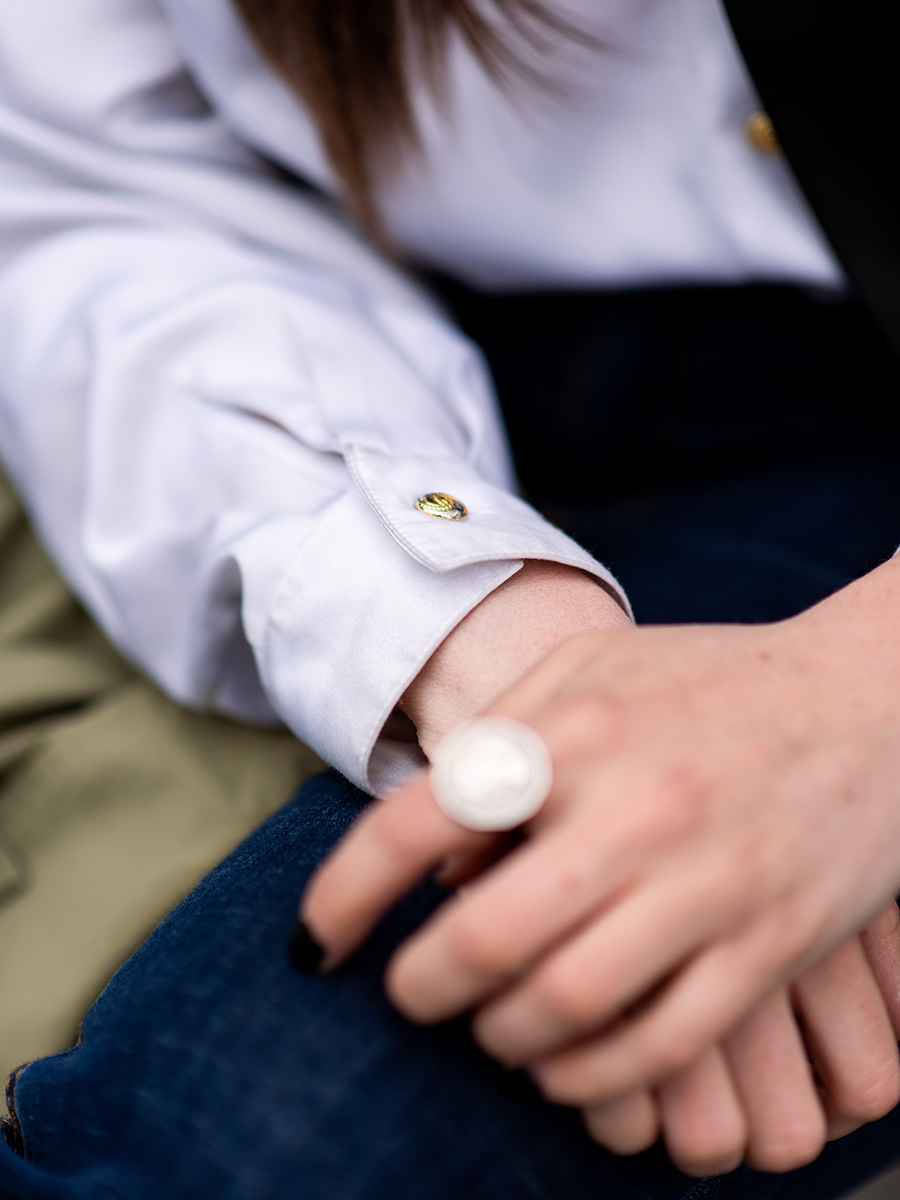
Faye’s Parisian Cultural Hot Spots
Chez Ammar is a small vintage shop in a quiet neighbourhood in the north west of the city. It specialises in second-hand bespoke tailoring and lots of designers go there to pick up inspiration. It’s a really tiny, ramshackle shop, but Ammar sources bespoke suits from the most random places – his collection is amazing.
Saint Ouen’s Flea Market is the best I’ve been to in Paris. It’s pricey, but you can get some really beautiful designer garments and furniture – all the great Bauhaus architects and things. If you’re looking to invest in a very specific mid-century piece this is the place to get it.
If heading up to Saint Ouen isn’t for you, I learned from friends recently that a flea market is called a ‘brocante’ in Paris, and several pop up around the city on different days of the week. There’s a website that you can use to check which brocante is open on what day.
My favourite wine bar is called Barav, which is at the top of the Marais, not far from Republique. It only serves natural wine and it doesn’t try too hard. I can’t wait to head back there when it’s open.
Around the corner from Barav is another organic wine shop called Delicatessen Cave, which is where I’ve been going to lately to buy wine because I can’t go and drink it in a bar. It’s near a little square which is a great place just to sit and be for a while.
My favourite record shop is Born Bad Records in the 11th Arrondissement, which is really great area for musicians. It’s next to the Marais so it still feels pretty central, but it doesn’t have that tourist element. I’ve met quite a few musicians here and they all buy their records from this shop. Also, from a style point of view, all the guys in there are dressed really well and I love going in to ask them where they got their clothes from.
The top of Belleville Park in the19th Arrondissement has the most gorgeous view over Paris with the Eiffel Tower – but not in a touristy way. It’s just locals there. Incidentally, they filmed Le Ballon Rouge there, which is my favourite French film. There’s a small cafe there too near the Entre la Rue Piat, it’s called Les Bols d’Antoine.
On the island between the left and the right banks of the Seine there’s this little space to sit called Place Louis Aragon. It’s a great date spot, because you’re sat in-between both sides of Paris – you feel like you’re sat in the middle of the Seine. If you’re going to share a bottle of wine with someone al fresco, that’s the place to do it.
KB Coffee Roasters is my favourite coffee shop in Pigalle. It’s another spot that’s quite popular with musicians. It tastes like a London coffee in Paris, which is rare. I love the French, but they don’t make the best coffee!
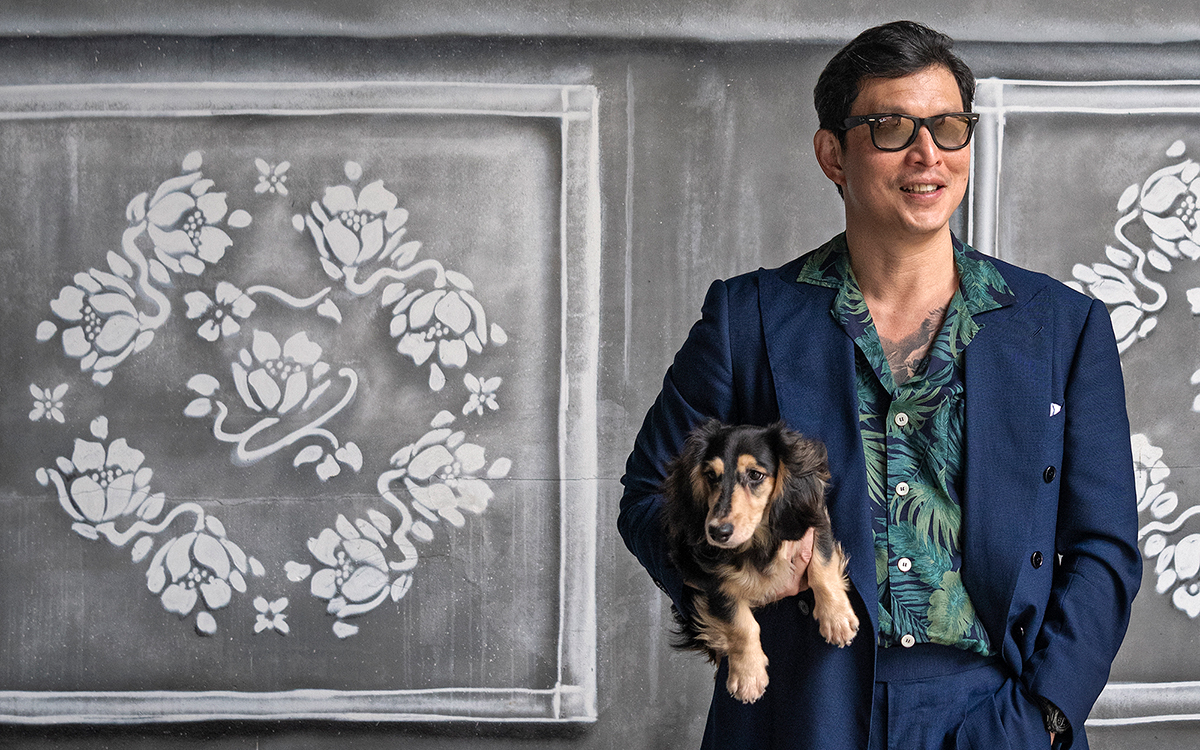
A tasteful guide to Singapore with The Rake’s Wei Koh
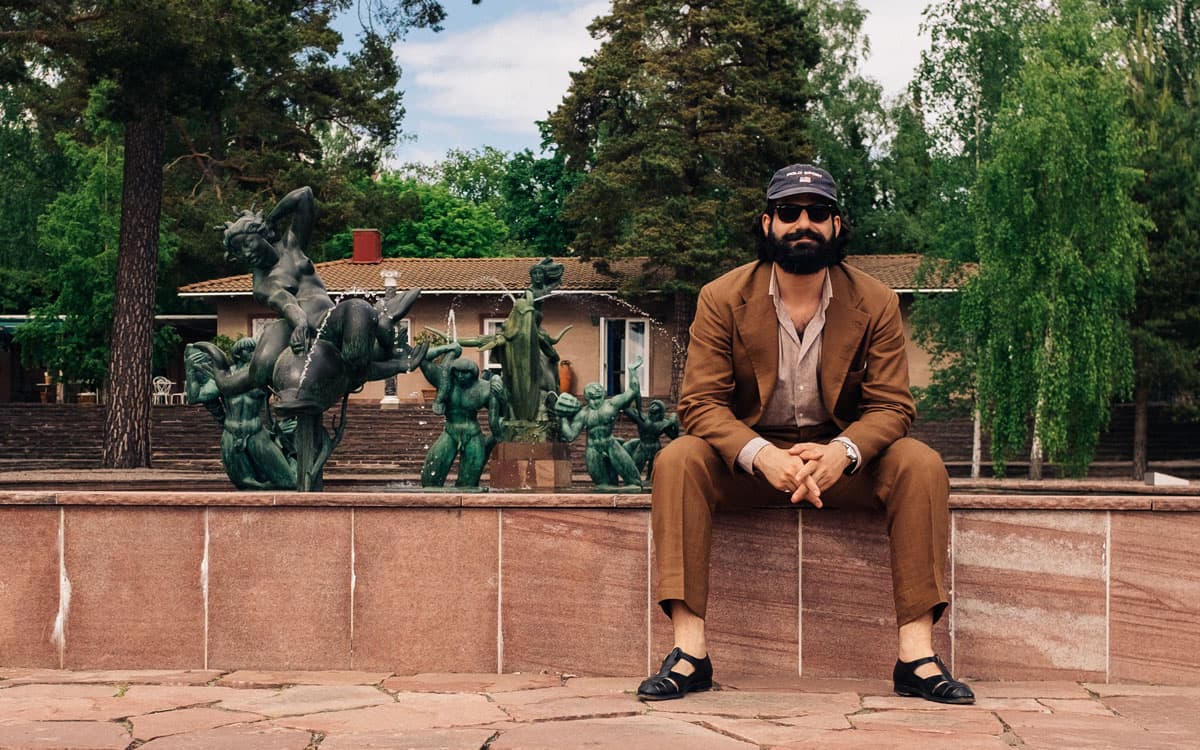
Milad Abedi on Stockholm and Gothenburg
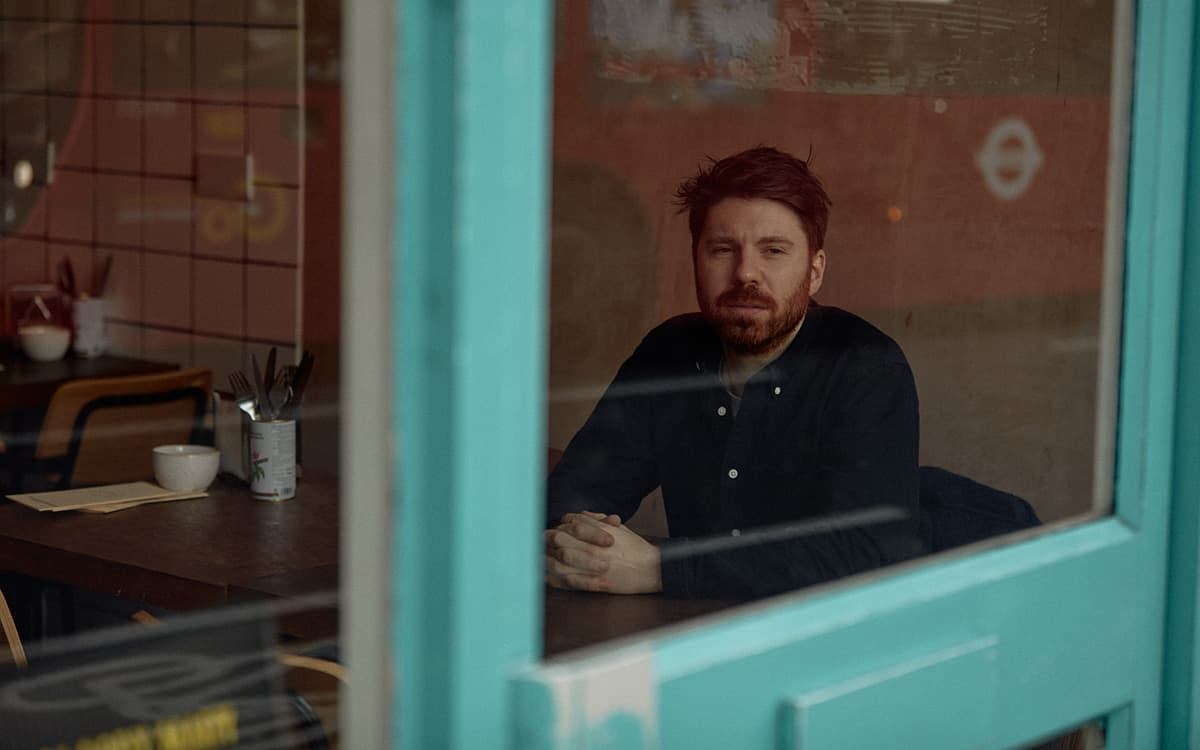
An artist’s guide to London, with Jonathan Lawes
Cotonificio Albini S.p.A. - Via Dr. Silvio Albini 1, 24021 Albino (BG) – Italy
Società con unico socio - diretta e coordinata da Albini Group S.p.A.
P.I. 01884530161 - C.F. 08743540158 - Iscritta al Registro Imprese di Bergamo - REA 244649
Capitale sociale sottoscritto e versato € 11.170.960